Free home visits
with a local audiologist

Head of Online Medical Content
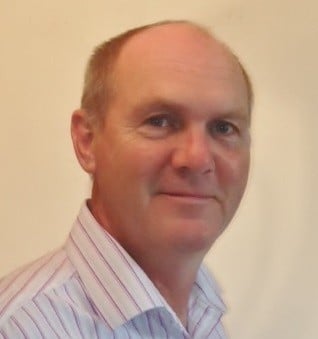
Audiology Expert at Hearing Aid UK
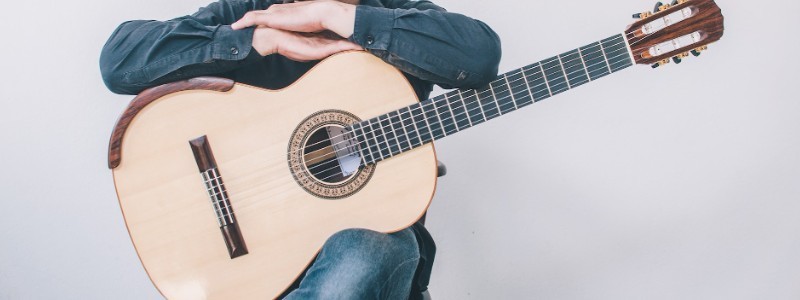
Overview | The challenges | Processing music | Main features | MyMusic program | Conclusion | Chat to us
Some hearing aids are designed to preserve the quality of music and sound for musicians. They offer features like wide dynamic range compression, low latency processing, and customisable sound profiles. These aids ensure accurate sound reproduction, allowing musicians to hear subtle nuances and maintain their performance quality.
Some hearing aids include specific features designed to help musicians with hearing loss improve their ability to hear and perform music. These hearing aids are often customised to meet the unique needs of musicians and may have features that are not found in standard hearing aids.
Being able to understand, enjoy, and relate to music can sometimes be difficult for those with hearing loss. In the same breath, music perception has historically been one of the hardest challenges for hearing aids to try and overcome.
There are so many factors, dynamics, and complexities within music when compared to sound, which makes it difficult to personalise the experience for the wearer.
But what is the value of personalisation when it comes to experiencing music for those with hearing loss? How is music processed within hearing aid technology? In this article, we look at such questions and explore the technology that has the potential to bring music back to life for those who wear hearing aids.
The focus of hearing aids has, understandably, been to amplify speech and sound. Therefore, when trying to tackle the sound quality of music, hearing aids apply speech-processing strategies to music. But sound and music are not the same.
Music has a larger frequency and dynamic range than speech. There is no "one size fits all" approach to either and this method means that a few of the nuances of music are lost.
There are two main problems that those with hearing loss experience when listening to music while wearing hearing aids. The first one is the natural problems as a result of hearing loss and the second is the challenges due to the limitations of hearing aid technology.
Let me explain. Audibility problems are a result of hearing loss, such as pitch perception and the challenges of hearing and recognising instruments and hearing and understanding lyrics in music. This, in turn, has a negative impact on enjoying both music and lyrics - therefore putting into context the meanings of songs are often difficult.
Hearing aid technology can cause other issues like feedback and distortion when the wearer is listening to music wearing hearing aids. Even today's advancements in signal-processing strategies used for speech can have a negative impact on music appreciation. A good example of this would be the generic feedback manager modern hearing aids have.
This feature does a really good job of reducing feedback in conversation but can often suppress music as it can misidentify it as feedback. Imagine how hard this must be for musicians wearing hearing aids, as they rely heavily on recognising music nuances, cues, and instruments.
Such music perception problems get even harder the more severe the hearing loss is, as tones, harmonies, and melodies are tricky to distinguish.
So, how is the audiology industry tackling this problem today? Are there any best hearing aids for musicians on the market?
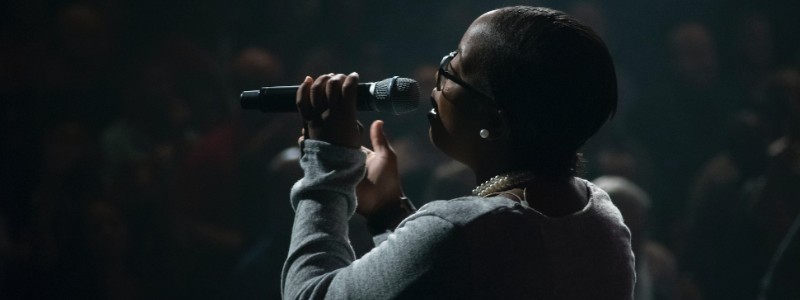
In an ideal world, hearing aid technology would cater to those who wear hearing aids to enjoy music by amplifying it in such a way that it brings out all the details. Even if the hearing loss is mild or severe, personalisation features will enable music to be experienced how it was created to be.
Allowing unique characteristics and nuances within music to be enhanced, recognised, and appreciated - and this is something Oticon has stated is possible with their MyMusic program. But how does it work?
The MyMusic program, first seen in the Intent hearing aid range, uses a whole new strategy for amplification. They have built this upon research to improve the music experience for hearing aid wearers no matter what level of hearing loss they have. This is done by:
Hearing loss must be treated to prevent further damage for musicians. Singer's or musicians' ears are such a focus in their career, as untreated hearing loss can affect workability. Musicians rely on hearing to fine-tune a full spectrum of sound simultaneously.
This is so important because music compositions can include a variety of instruments and vocals running at the same time.
So, whether you are singing or playing an instrument - healthy hearing is essential. Unfortunately, in reality, musicians are at high risk of developing hearing loss and/or tinnitus. This is simply due to being exposed to loud noise for long periods of time. Noise-induced hearing loss can often start as mild, but then gradually worsen to a more severe level over time.
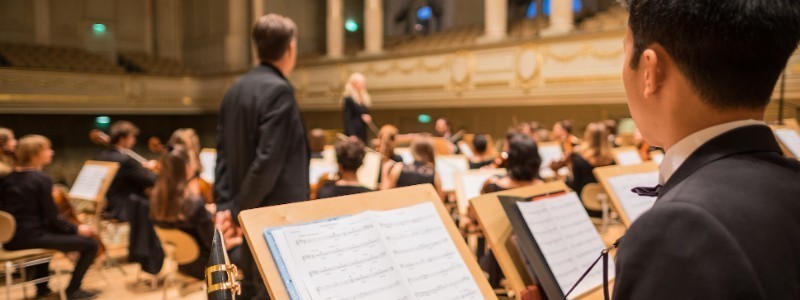
An audiologist will discuss the best hearing solution for your hearing loss needs, as there are hearing aids out there that include features and technology that will assist musicians to simply hear better and make life that little bit easier.
This could be speech enhancement technology that assists in a better understanding of lyrics or hearing aid accessories that can send music straight to both hearing aids. This means that the music or sound you need to hear clearly is delivered a lot safer.
Other technologies can separate and distinguish music from vocals or sound from speech. Because they are processed in different ways, it means that you can listen more clearly.
I interviewed Professor Alinka Greasley about her research on improving the music experience for hearing aid wearers and asked her thoughts on Oticon's MyMusic program,
"Music programs have been developed, but they are at an early stage of development because there hasn’t been enough research. It isn’t a one-size-fits-all situation, so it all comes back to personalisation and that’s the difficulty.
There is mixed evidence as to the benefits of music programs. There’s room for improvement and manufacturers are working on it, so rather than either or –, it’s just about developing a greater understanding of what is needed"
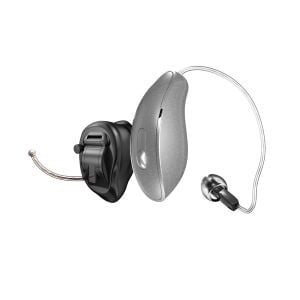 Starkey Edge AI Hearing Aids VS Starkey Genesis AI
Starkey Edge AI Hearing Aids VS Starkey Genesis AI  Phonak Audeo Infinio VS Phonak Lumity Hearing Aids
Phonak Audeo Infinio VS Phonak Lumity Hearing Aids  What is Auracast? Is it better than Classic Bluetooth?
What is Auracast? Is it better than Classic Bluetooth? Do not spend hundreds of pounds without getting a second opinion from us.
 Not only are the prices great, but the service is fantastic! Many thanks to your team.
Not only are the prices great, but the service is fantastic! Many thanks to your team.If your hearing aids and phone supports Audio Streaming for Hearing Aids (ASHA), you are able to stream sound directly from your audio device to your hearing aids.
The short answer is no, but there are successful treatments to support better hearing - such as hearing aids. Listening to loud noise for a long period of time can cause hair cells in the ear to die. These can not grow back and damage to the inner ear and/or auditory neural system is permanent.
When we refer to a product as 'Latest Launch', we mean it is the latest to be released on the market.
When we refer to a product as 'New', we mean that the product is the newest hearing aid model on the market.
When we refer to a product as 'Superseded', we mean that there is a newer range available which replaces and improves on this product.
When we refer to a product as an 'Older Model', we mean that it is has been superseded by at least two more recent hearing aid ranges.